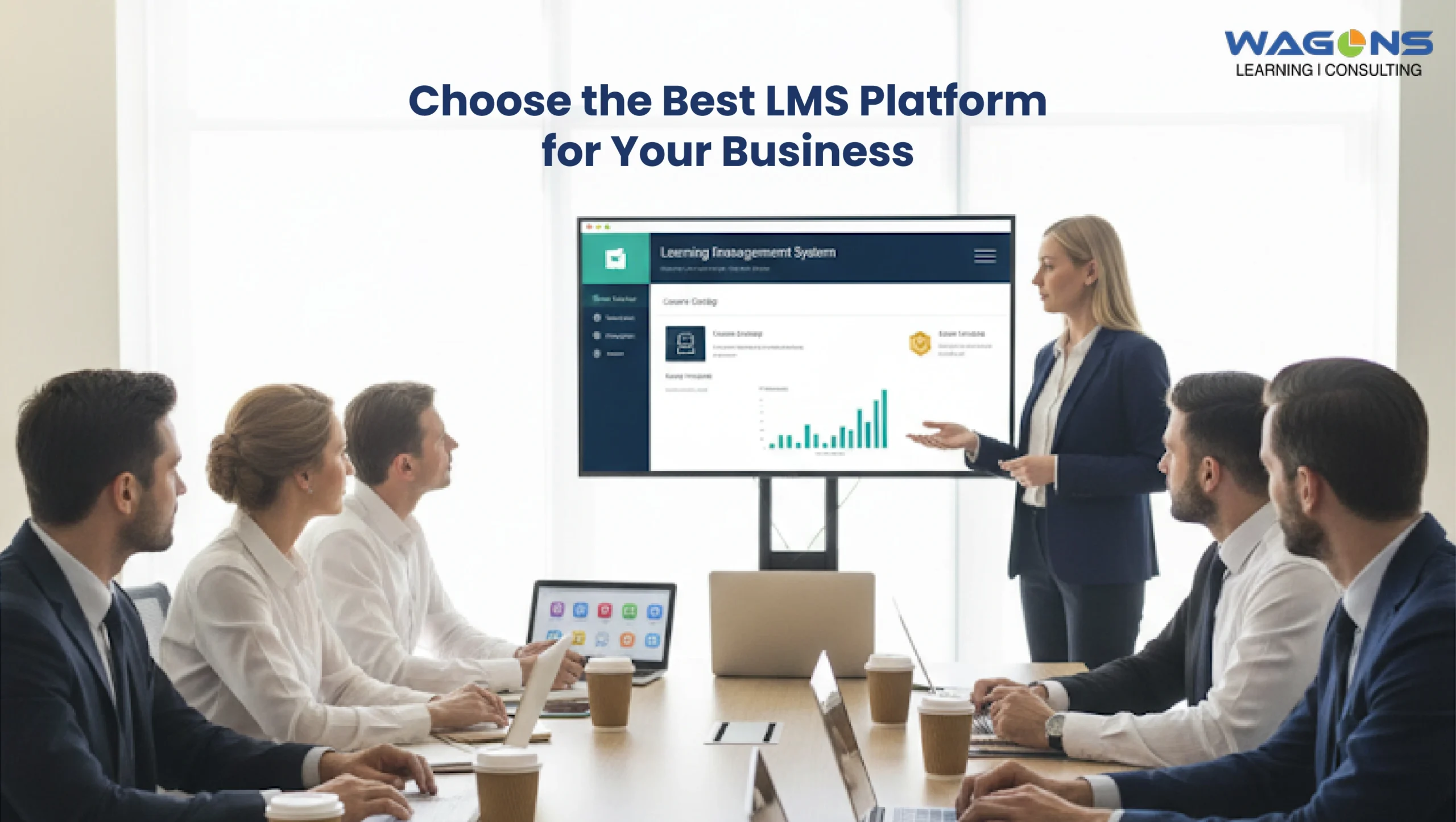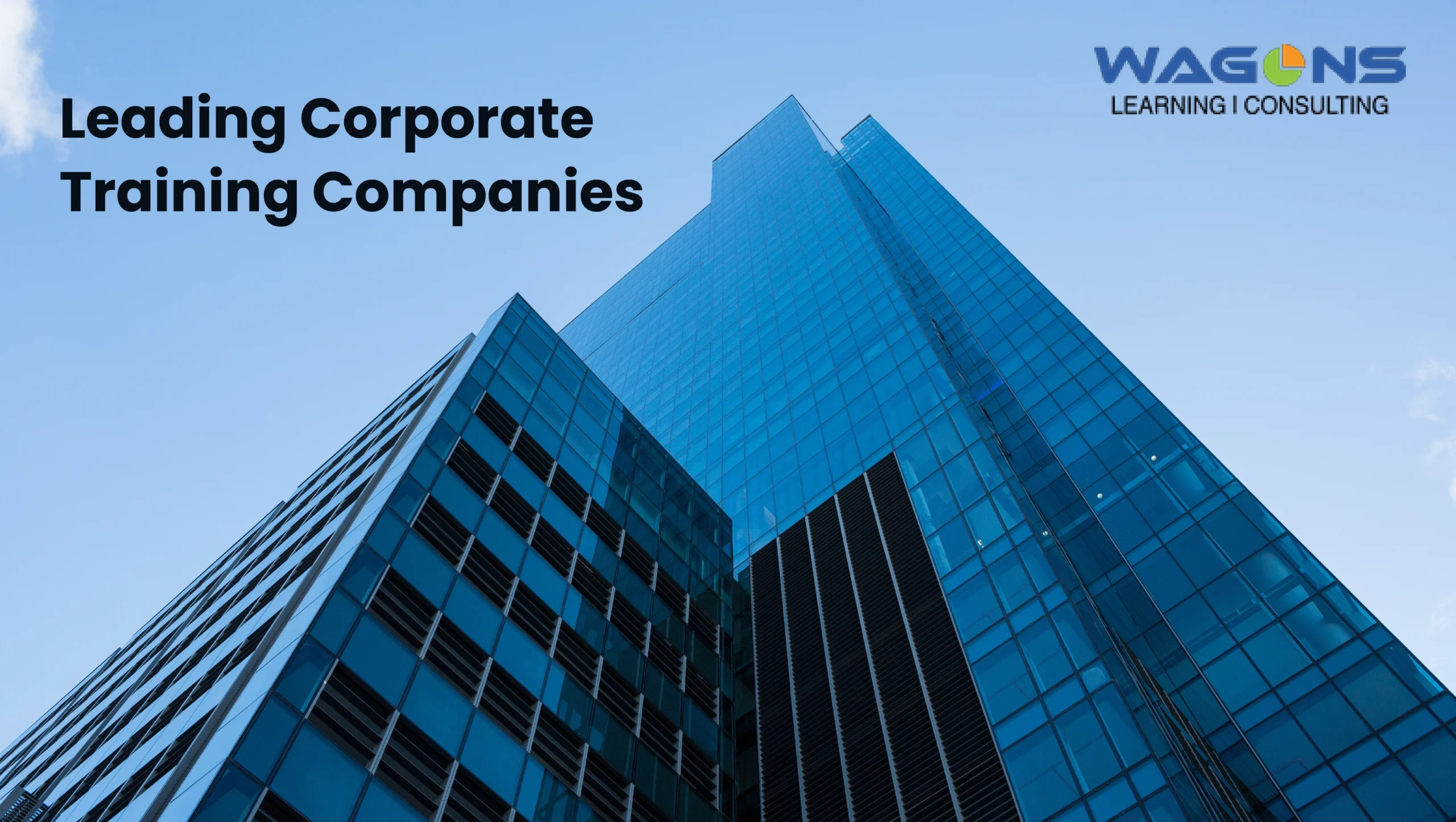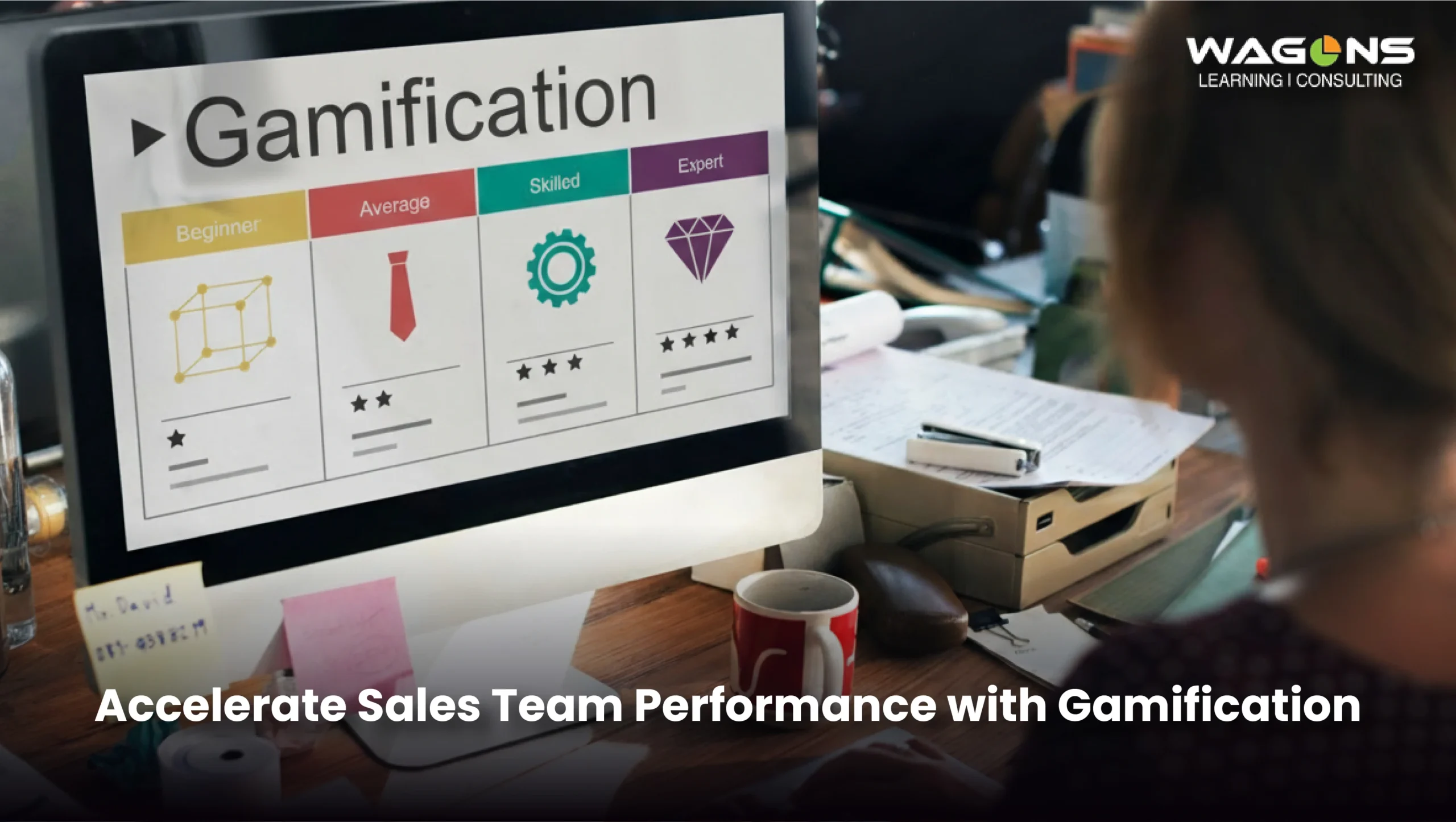Selecting the appropriate LMS platform has become an increasingly complex task in a saturated market, where over 700 providers compete for consideration, each positioning their solution as the definitive answer to organizational training needs. While the industry continues its rapid expansion, with market projections indicating growth from $27.09 billion in 2025 to $82.00 billion by 2032, this proliferation of options often leads to ambiguity rather than clarity.
The implications of a misaligned selection are significant. Organizations now allocate an average of $1,286 per employee annually for training, with approximately 42.1 hours per employee dedicated to learning initiatives. Selecting the wrong platform can result in considerable financial loss, underutilized systems, and failure to achieve measurable workforce development outcomes.
This guide has been developed to provide a structured, strategic framework for evaluating and selecting the most suitable corporate LMS for employee training.
Key Features to Evaluate in a Modern Corporate LMS
Modern learning management systems for businesses are expected to deliver measurable business outcomes while accommodating the needs of a diverse, distributed workforce. In evaluating solutions, organizations must focus on functional depth and strategic alignment, prioritizing features that contribute to operational efficiency and workforce development.
LMS Reporting and Analytics for Measuring Training ROI
A well-implemented LMS software must demonstrate its impact through objective data, not assumptions or anecdotal evidence.
To support data-driven decision-making, ensure the platform includes analytics that can track:
- Completion rates at the department, role, and individual levels
- Time-to-competency metrics that quantify how quickly learners acquire skills
- Knowledge retention through scheduled, spaced assessments
- Business impact indicators that correlate training with operational outcomes
A robust training management software should be capable of answering critical performance questions such as: “Has this training reduced support ticket volume?” or “Are newly onboarded sales personnel accelerating their conversion rates?”
Mobile Learning & User Experience in LMS for Learner Engagement
By 2025, mobile learning is projected to account for up to 70% of all e-learning activity. It is no longer a supplementary channel, it is a central delivery mechanism. Platforms that fail to optimize for mobile risk losing learner engagement and retention, particularly among field-based and frontline employees.
An effective online learning management system must include:
- A fully responsive design adaptable to all screen sizes
- Offline access to content for employees in low-connectivity environments
- Push notifications to support timely course completion
- Intuitive, touch-optimized navigation with multimedia support
User experience influences training adoption more than feature quantity. If the system is difficult to use, learners are unlikely to engage consistently, regardless of content quality.
Seamless Integrations with Existing Software (HRIS, CRM)
Corporate learning management systems must integrate seamlessly into the broader enterprise technology ecosystem. A platform that cannot communicate effectively with other systems becomes a burden rather than an asset.
Key integrations to evaluate include:
- HRIS platforms for automated user provisioning and role-based access
- CRM tools to monitor customer training and certification status
- Performance management systems for aligning learning with professional development goals
- Single sign-on (SSO) solutions to reduce access friction
For long-term viability, the platform must also support REST APIs and webhook configurations, enabling custom integrations with proprietary or evolving business systems. API availability is not optional, it is foundational for scalability.
Built-in Authoring Tools and SCORM/xAPI Compliance
A scalable LMS for business/corporate must empower internal teams to develop and update training content without requiring third-party vendors or separate authoring software.
Essential authoring capabilities include:
- Drag-and-drop course builders with reusable templates
- Video editing and integration with existing media assets
- Configurable assessments with multiple question types
- Branching logic for adaptive learning paths
Compliance with SCORM and xAPI standards is critical for content portability and long-term interoperability. These frameworks ensure your content remains accessible and usable even if your organization transitions to another platform in the future.
Gamified LMS and Social Learning to Drive Engagement
As of 2025, 93% of organizations anticipate that microlearning will play a central role in corporate training. However, content quality alone is insufficient; platforms must incorporate motivational design to encourage active participation.
Key gamification elements include:
- Achievement-based point systems
- Leaderboards to foster light competition and visibility
- Skill badges to recognize progress
- Transparent progress tracking tied to individual learning plans
In addition, social learning features enhance engagement by creating opportunities for collaboration and peer feedback. Integrated discussion forums, collaborative assignments, and review features help transform training from an isolated activity into a shared learning experience.
See a Feature-Rich LMS for Business in Action
Having examined the essential capabilities of modern learning management systems for businesses, it is now important to observe how these features perform within a real-world environment.
Wagons LMS is a fully customizable online learning management system designed to support enterprise-scale training initiatives. The platform integrates robust analytics, mobile-optimized access, and engagement-driven features such as gamification, ensuring alignment with both operational requirements and learner expectations.
LMS vs LXP: Which is the Right Choice for Your Corporate Training?
The ongoing LMS vs LXP discussion reflects fundamentally different paradigms in how organizations approach corporate training. A clear understanding of each model’s strengths and limitations is essential for selecting the most appropriate LMS platform for organizations.
Understanding the Admin-Driven Structure of a Traditional LMS
A traditional enterprise LMS platform is built upon a structured, administrator-led model. Learning pathways, course assignments, and reporting are centrally managed to ensure consistency, compliance, and accountability across the organization.
Key advantages of the LMS approach include:
- Centralized content management and structured course delivery
- Robust analytics for regulatory compliance and audit readiness
- Standardized learning paths that promote uniform knowledge transfer
- Role-based access controls for protecting sensitive training content
This model is most effective for heavily regulated sectors with strict compliance requirements, onboarding programs that demand process standardization, certifications tied to industry-specific competencies, and organizations with well-defined hierarchies and governance structures.
The Learner-Centric Model of a Learning Experience Platform (LXP)
In contrast, LXPs represent a shift toward learner autonomy. These platforms leverage AI-driven recommendations to guide users toward relevant content based on individual goals, job roles, and behavioral insights.
Core benefits of the LXP model include:
- Personalized learning journeys tailored to user preferences and performance
- Aggregation and curation of content from internal and external sources
- Social learning features that facilitate collaboration and peer exchange
- Modern, consumer-grade interfaces that encourage ongoing exploration
LXPs are particularly well-suited to organizations fostering a culture of continuous innovation, teams composed of self-directed knowledge workers, environments where informal learning supports agile skill acquisition, and strategies built around employee curiosity and lifelong development.
Decide between LMS vs LXP: Platform for Your Training Goals
Selecting between an LMS for corporate training and an LXP depends on your organization’s specific training objectives, operational maturity, and workforce characteristics.
An LMS is the appropriate choice when:
- Compliance, risk management, or certification are primary drivers
- Detailed tracking and performance reporting are non-negotiable
- Structured, linear learning pathways are required to ensure standardization
- Budgetary constraints necessitate a unified solution
An LXP is better suited when:
- Increasing employee engagement and retention is a strategic priority
- The workforce consists of independent, self-motivated learners
- The organization prioritizes rapid skill development and innovation
- Content diversity and curation flexibility are critical
In practice, many organizations benefit from a hybrid approach, leveraging the administrative rigor of a corporate LMS for mandatory programs, while using an LXP to support professional development and exploratory learning.
Business LMS Pricing Models and Total Cost of Ownership
When evaluating LMS platforms, understanding the full financial implications is critical. Pricing structures vary significantly between providers, and without a clear view of the total cost of ownership (TCO), organizations risk exceeding budgets or investing in underutilized systems. A strategic approach to pricing evaluation allows for better forecasting and alignment with both short-term and long-term business objectives.
LMS Pricing Models: Per-User, Subscription Tiers, and Licensing
Per-user LMS pricing is directly tied to the number of active learners. It scales with your workforce and is influenced by factors such as feature access and service level agreements. While this model can be advantageous for small to mid-sized or rapidly growing organizations, costs may increase substantially as the user base expands.
LMS Subscription tiers offer pricing based on predefined feature bundles, independent of user count. This structure provides predictability in budgeting and is beneficial for organizations seeking clarity around included capabilities. However, it may result in paying for features that are not relevant to your specific use case.
LMS One-time licensing involves a substantial initial investment, supplemented by annual maintenance or support fees. This model can be cost-effective over the long term for stable organizations with predictable user volumes and training requirements, particularly when internal teams are equipped to manage the platform independently.
Factoring in the Costs of LMS Implementation and Support
The pricing model alone does not represent the full financial commitment. A comprehensive view of training management software costs must also include implementation, configuration, support, and ongoing content development. These factors can significantly influence your return on investment.
Key cost components to consider:
- Data migration from legacy systems or external platforms
- Custom integrations with HRIS, CRM, or other enterprise tools
- Course development and content localization or customization
- Employee training and internal change management processes
Support structures also differ among vendors. Some include onboarding and technical support within standard pricing; others charge additional fees for services such as dedicated account management, personalized implementation assistance, or priority support access.
Selecting the appropriate support model depends on your internal capabilities, the complexity of your LMS, and the degree of customization required.
Choosing a Scalable Enterprise LMS That Grows with Your Business
Selecting a scalable enterprise LMS is a strategic decision that directly impacts an organization’s ability to support long-term growth, evolving workforce structures, and continuous learning initiatives. A well-architected platform must accommodate expansion without requiring a complete overhaul of the system or disruption to ongoing programs.
Scalability should be evaluated across two core dimensions: technical scalability and feature scalability.
Technical Scalability
A modern enterprise LMS must be capable of supporting increasing user volumes, expanding geographic reach, and evolving infrastructure requirements. Critical technical capabilities include:
- Cloud-native architecture that supports user growth without compromising system performance
- API capabilities to facilitate seamless integration with future or custom-built enterprise tools
- Multi-language and multi-tenant support to meet the needs of global workforces
- Mobile optimization ensuring learning remains consistent across devices
These capabilities ensure the platform remains operationally efficient as organizational complexity increases.
Feature Scalability
As your business evolves, your LMS platform must offer the flexibility to introduce new functionalities without incurring significant redevelopment or retraining costs. Key areas of feature scalability include:
- Modular pricing models that allow the addition of features as needed
- Advanced reporting capabilities that scale with growing data requirements
- An extensible integration ecosystem connecting with a broader suite of enterprise tools
- Customizable workflows and user experiences adaptable to process changes
The continued rise in mobile learning adoption, which increased by 22% in 2024, reinforces the need to select platforms that are not only scalable but also responsive to technological and behavioral shifts.
Ready to Implement a Top LMS Platform for Your Business?
Implementing the right training management software (LMS) is a critical decision, one that requires careful alignment between technology, business objectives, and long-term workforce development strategies.
At Wagons Learning, we provide end-to-end guidance throughout the LMS selection and implementation process. Our consultative approach is focused on identifying solutions that meet your operational requirements, scale with your business, and align with defined training outcomes.




